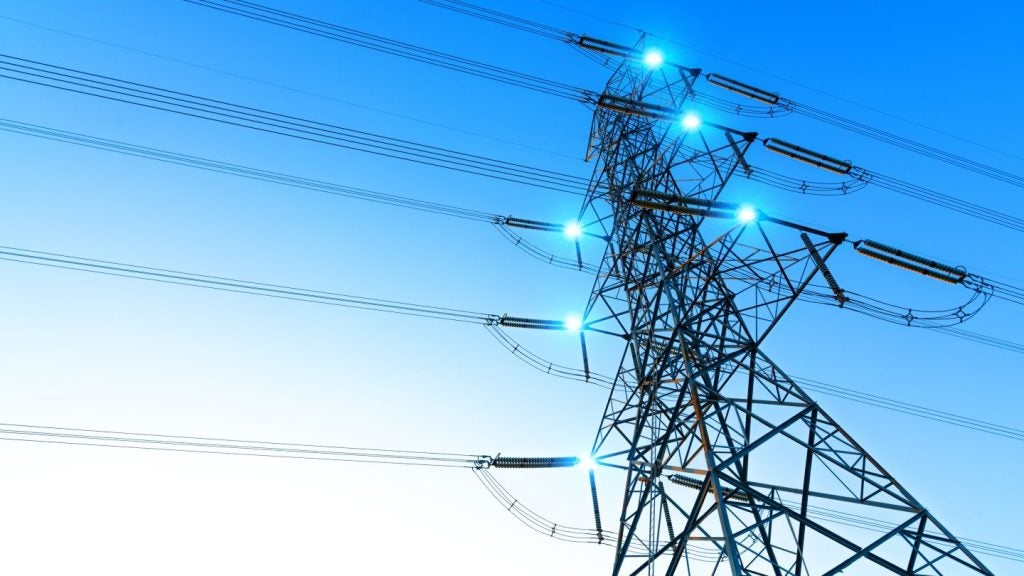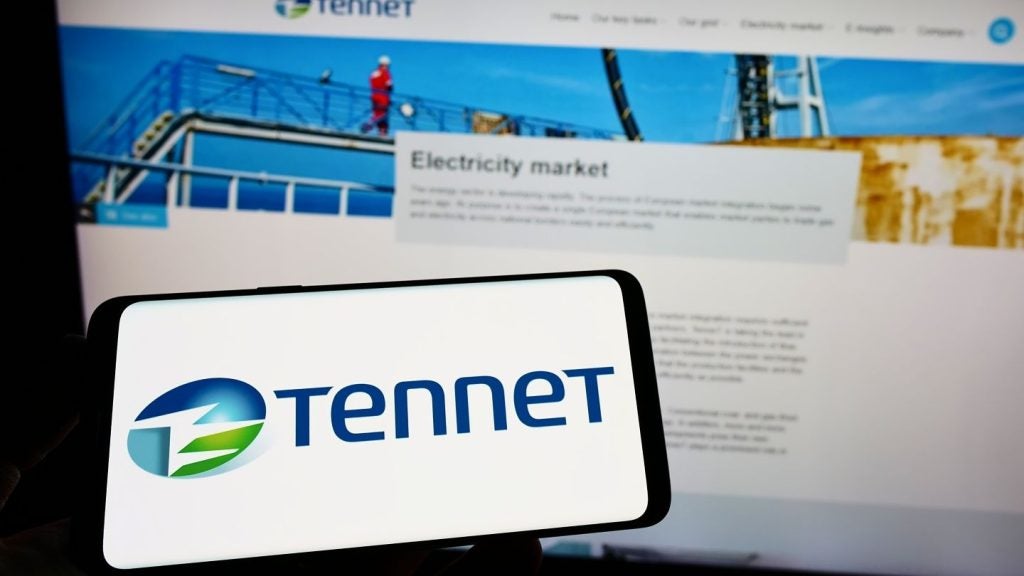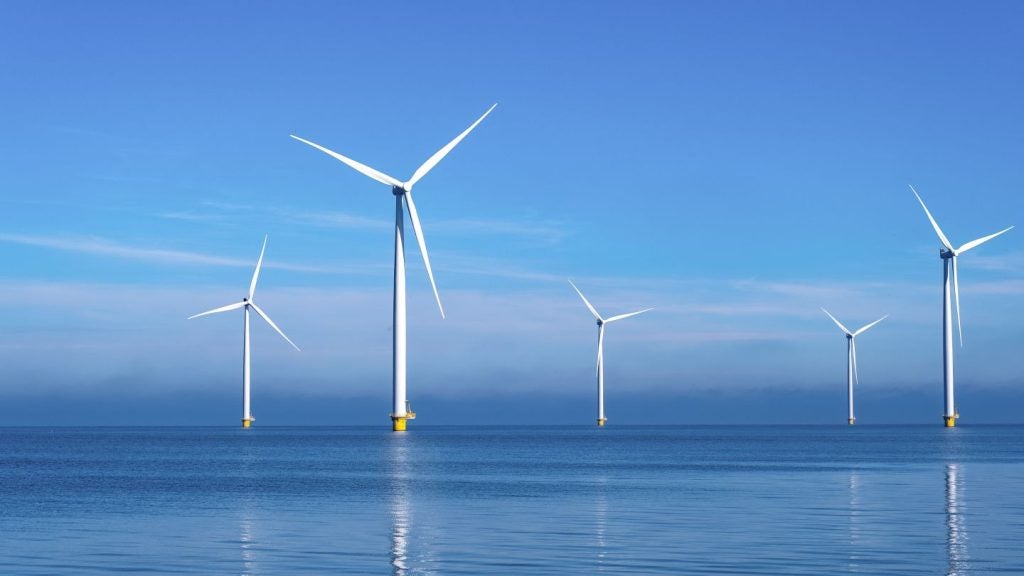India's renewable energy capacity growth is significantly outpacing the expansion of its power transmission network, resulting in over 50GW of stranded renewable energy capacity across the nation, according to a report.
This situation has led to project delays and increased transmission costs, stated the report by the Institute for Energy Economics and Financial Analysis and JMK Research & Analytics.
In fiscal year 2025 (FY25), only 8,830 circuit kilometres of new transmission lines were commissioned in the country, which is 42% below the target of 15,253 circuit kilometres.
The Inter-State Transmission System (ISTS) additions were found to be at their lowest in ten years, with as much as 71% of ISTS corridors operating at less than 30% utilisation.
The report emphasises that discrepancies between variable renewable energy generation and grid consumption pose significant challenges for the integration of new capacity.
Solar energy production aligns with peak demand in the afternoon but diminishes in the evening, even as consumption remains elevated, resulting in underutilised transmission corridors. The report identifies energy storage as a vital solution to address this issue.
The report advocates for reforms aimed at enhancing coordination between generation and transmission planning, simplifying approval processes, and implementing new investment strategies to more effectively expand grid capacity.
It recommends shifting from the conventional five-year static transmission planning cycles to more adaptive approaches that consider changing generation patterns and increasing demand.
To expedite investment and project execution, the report also advocates for the adoption of public-private partnership models and asset monetisation frameworks.
Additionally, it suggests implementing a single-window clearance system accompanied by performance-based incentives to enhance commissioning timelines and optimise asset utilisation.
The state of Rajasthan serves as a notable example, with 8GW of renewable energy capacity currently stranded due to ecological regulations that mandate underground cabling in sensitive habitats.
The Green Energy Corridor initiative has successfully facilitated the commissioning of 27.45GW of renewable capacity while an additional 36GW is in the pipeline for development.
The amendments to the General Network Access framework aim to enhance the alignment of transmission capacity with real generation patterns by differentiating capacity allocation between solar and nonsolar hours.
A collaborative strategy that integrates regulatory reforms, operational enhancements, and capital mobilisation is considered essential for transforming India's transmission network into a more flexible and resilient system, thereby facilitating the country's transition to renewable energy, the report noted.












